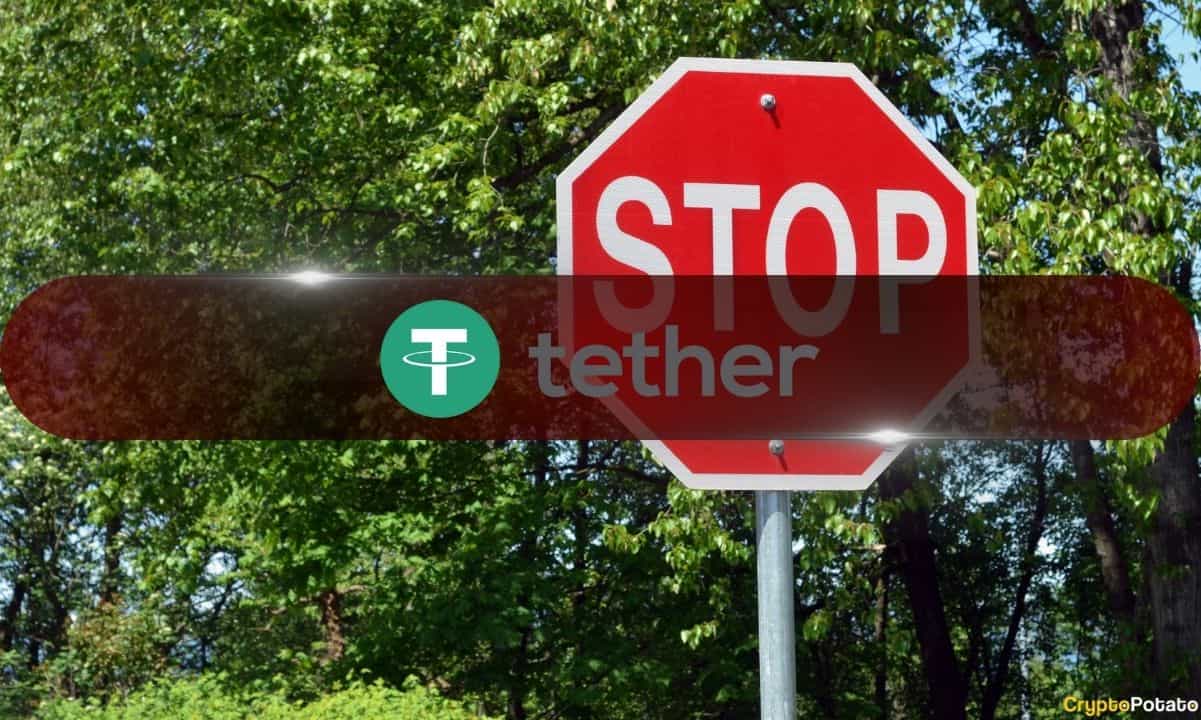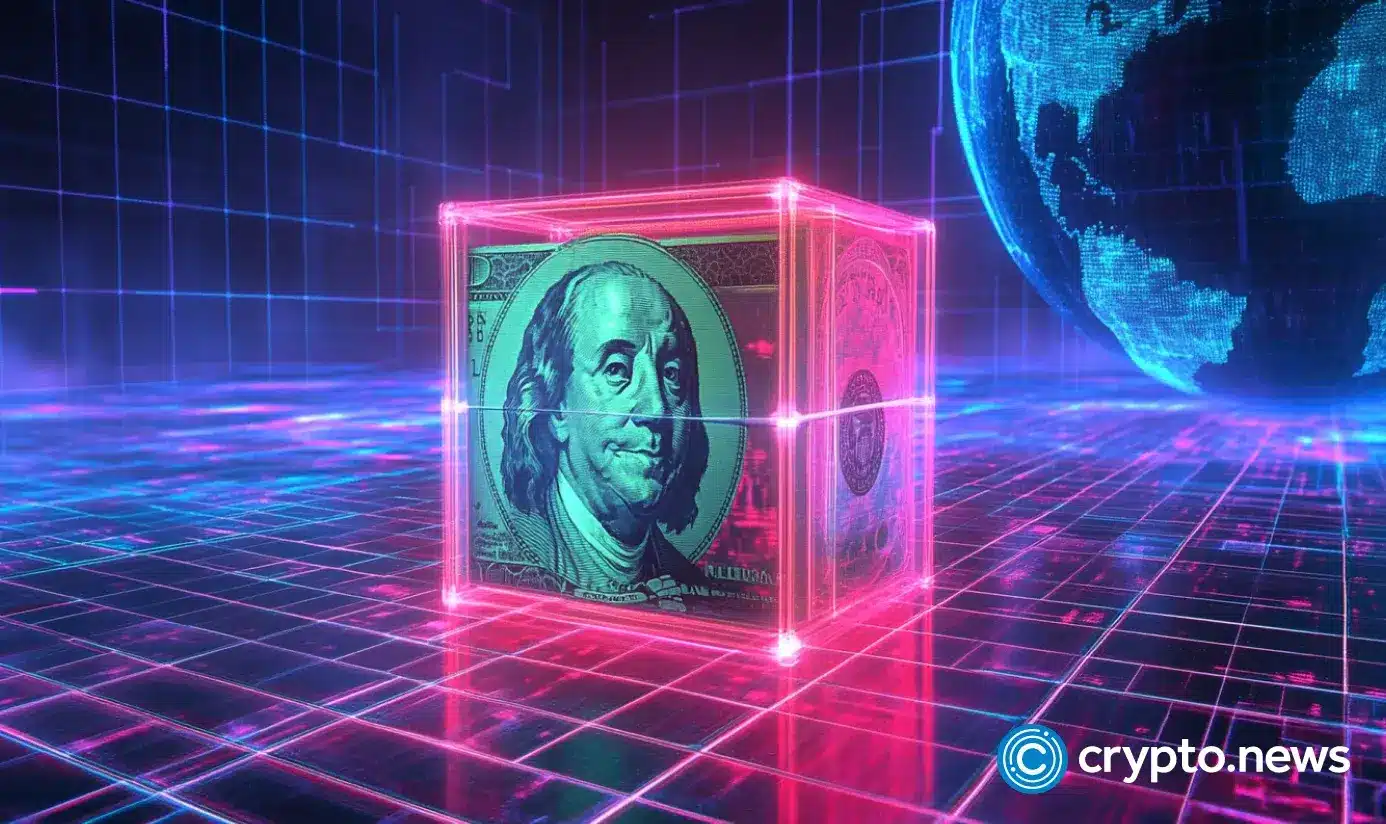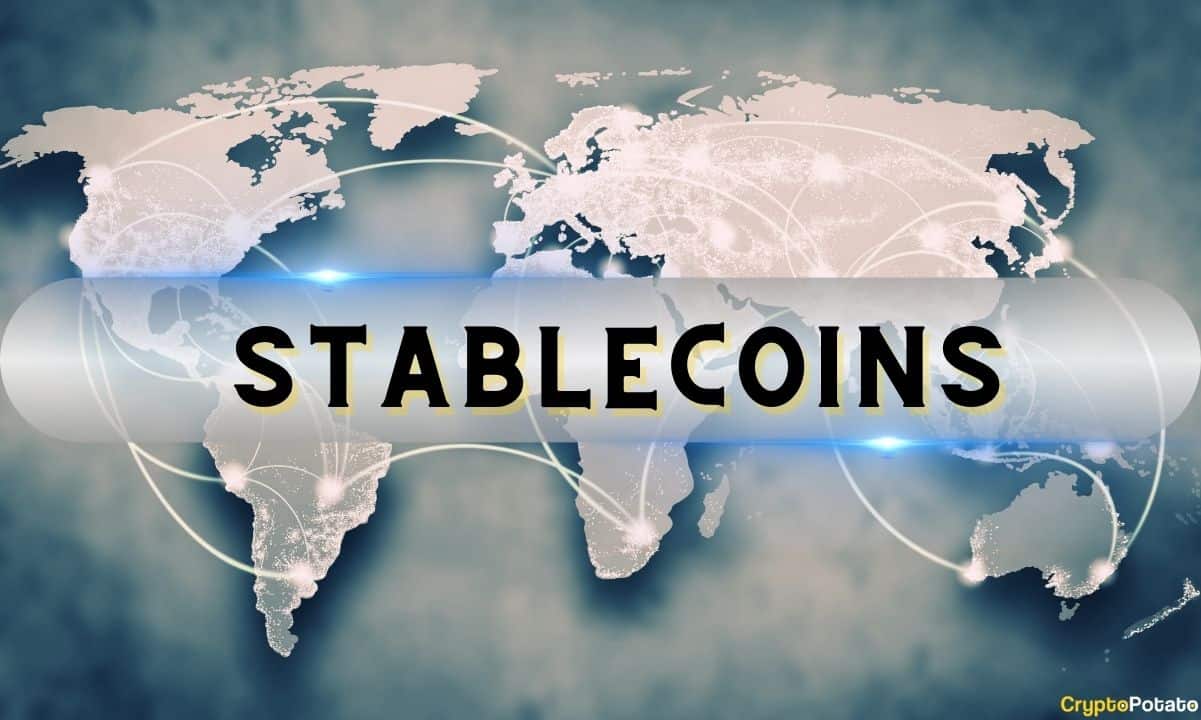What once seemed like a far-off concept—using a central bank digital currency (CBDC) as an alternative to traditional money—is now becoming a reality in India. Initially met with skepticism, the digital rupee has moved beyond the experimental stage and is actively being used, with the State Bank of India (NASDAQ: SBKFF), the country’s largest public sector bank, leading its real-world application.
In partnership with the National Bank for Agriculture and Rural Development (NABARD), SBI is delivering agricultural credit through CBDC to tenant farmers—those who cultivate land without owning it—in parts of Andhra Pradesh and Odisha provinces. This initiative goes beyond theory, demonstrating how digital currency can streamline credit delivery, prevent misuse, and ensure that benefits reach genuine cultivators, not middlemen or landlords.
According to a Financial Express report, NABARD and SBI are running pilot projects to help landless farmers get access to agricultural loans in select districts of Andhra Pradesh and Odisha provinces. These pilots use the Reserve Bank of India’s (RBI) CBDC to offer Kisan Credit Card (KCC) benefits to tenant farmers. SBI is conducting the pilots in Andhra Pradesh’s Krishna, East and West Godavari districts, and in Odisha’s Cuttack and Puri districts.
The initiative aims to prevent misuse of credit by ensuring that loans are used only for farming purposes, such as buying seeds and fertilizers from approved vendors. So far, in FY2025, the report stated that over ₹4.5 crore has been sanctioned under this pilot. In Odisha, 501 tenant farmers have benefited with loan approvals, while in Andhra Pradesh 218 farmers have benefited from the loan sanctions.
The report stated that 30–40% of India’s cultivated land is currently farmed by tenants who don’t own the land. However, KCC loans are usually given only to landowners. Although the government has tried forming joint liability groups to offer loans to landless farmers, banks still face issues verifying who the actual cultivators are.
The report stated that under the Modified Interest Subvention Scheme (MISS), KCC holders can borrow up to ₹3 lakh (about $3,508) at a 7% annual interest rate. If the loan is repaid on time, farmers get a 3% interest discount, reducing the effective rate to 4%. From FY2026, the loan limit will increase to ₹5 lakh (about $5,847) per year. KCC loans help farmers meet working capital needs for purchasing agricultural inputs like seeds, fertilizers, and pesticides, as well as for allied sectors like dairy and fisheries.
The pilot programs in Andhra Pradesh and Odisha mark a turning point. Using the digital rupee, tenant farmers receive direct benefit transfers (DBT) and agricultural loans. These funds are being used to buy essential inputs like seeds and fertilizers from authorized vendors, ensuring that credit is used for its intended purpose.
By integrating digital currency into agricultural credit systems, the initiative offers a transparent, traceable, and efficient way to support the backbone of Indian agriculture: its farmers, especially those without land titles.
The initiative also addresses long-standing gaps in rural credit delivery, particularly for tenant farmers, who have historically struggled to access formal loans due to a lack of documentation and land records. With CBDC and digital wallets, these barriers are starting to break down—signaling a shift toward more inclusive, accountable, and tech-enabled rural finance.
The RBI started its first digital rupee pilot in the wholesale segment on November 1, 2022, to settle secondary market transactions in government securities. It started the pilot with nine banks—State Bank of India, Bank of Baroda, Union Bank of India, HDFC Bank (NASDAQ: HDB), ICICI Bank (NASDAQ: IBN), Kotak Mahindra Bank, Yes Bank, IDFC First Bank, and HSBC (NASDAQ: HSBC).
The retail digital rupee pilot started on December 1, 2022, and users were able to transact through a digital wallet offered by the participating banks and stored on mobile phones or devices.
In 2024, India’s blockchain-based digital rupee made significant progress as the RBI achieved notable advancements with its CBDC use cases. In December 2024, former central bank Governor Shaktikanta Das said India’s CBDC has a lot of potential and is likely to become the future of money.
Watch: Finding ways to use CBDC outside of digital currencies

















 English (US) ·
English (US) ·